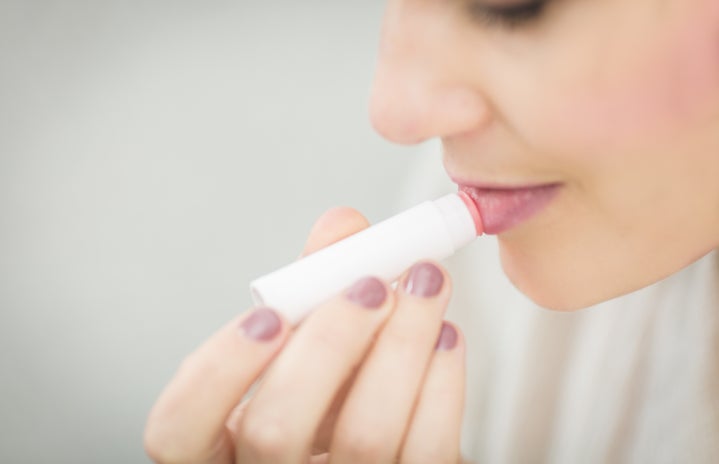False eyelashes can be your best friend or worst enemy when it comes to makeup. Who doesn’t want beautiful, clump-free, full lashes? However, between glue, application, and trying to make them look like they belong on your eye is a pain.
Picking A Lash
Choosing lashes can be one of the hardest decisions in the process. You have to decide if you want to be natural, wispy, or full on dramatic. If you don’t know what kind of look you’re going for and instead of wearing false eyelashes in place of mascara, choose a natural lash that compliments your eyes shape.
If you have down-turned eyes, use a lash that has tapered smaller lashes towards the inner corner and fanned out towards the edge. This cat eye look will uplift the eyes giving you a natural but enhanced lash line.
Sometimes lashes can just be too long or thick. If you have a short space between your lid and brow, you might find that some lashes don’t look as nice as you might have seen in pictures or on a friend.
Another important thing to note whenever picking out lashes is the band that holds together the individual lashes. A thicker band will be harder to apply than a thin band or “invisible” band.
For every eye shape and level of experience, a universal lash is a wispy lash. Cult favorites include the Ardell Demi Wispies and the Kiss #11 lashes, my personal choice. These type of lashes give the look of perfect lashes without being super dramatic and are called strip lashes.
Other types of lashes are individual and half lashes. Individual lashes are harder to apply and take more time but give a look similar to lash extensions. Half lashes are strip lash that someone cut in half and are the easiest of the three to apply.
Tailoring To Your Eye Shape
However, no two lash lines and eyes are made alike so often you’ll have to trim them to fit you. This ensures that the false lashes won’t poke you in the eye. If you’re not entirely happy with the lashes or if they are on there last (lashed) life, make half lashes out of them by cutting them in half. Some people will find it easier to cut strip lashes into thirds or fifths even to apply them as large individual lashes.
Glue Glue Glue
Glue is one of the key components in making the lashes stick to your lash line. Arguably the most important part of the whole process, so it’s important that you choose the right lash glue. Most contain latex, if you’re allergic, there are other options, but it’s important that you pay attention to the ingredients.
Lash glue comes in colors like clear, black, or a milky white that drys to be clear. I do not recommend a lash glue that is clear right off the bat as when it drys it can look like you have a crust on your eyelid.
Application Time
Getting a tool to help you like tweezers or an actual lash applicator can be incredibly beneficial to both beginners and pros alike. First, apply a thin layer of glue onto the lash band and then wait 60 seconds or until tacky. Once they are ready to take your tool or your fingers and pop them onto your lash line. Use the tool or your fingers to adjust, and you’re done!

